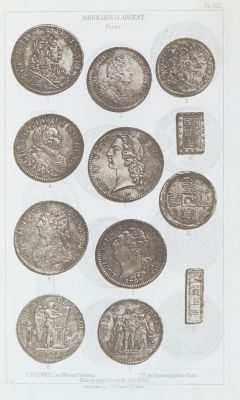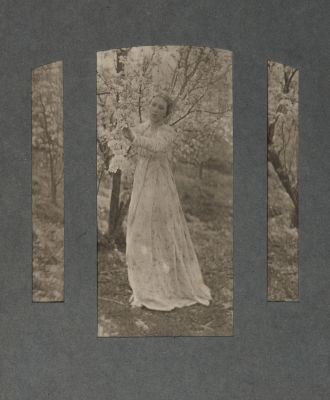
Title
Fading AwayArtist
Robinson, Henry Peach (British, 1830-1901)Publication
Illustrated TimesDate
1858Process
Engraving (from photograph)Image Size
23 x 33 cm
This wood engraving reproduces a famous pictorial photograph constructed by Henry Peach Robinson in 1858. To portray the peaceful death of a young girl surrounded by her grieving family, Robinson skillfully combined five different negatives. At the time, artists looked on photography as merely a dull means of recording uninteresting facts, willfully mistaking the instrument for the man, and always asserting that a photograph could have no influence on the feelings and on the emotions, that it had no soul. Robinson sought to demonstrate the falsity of such views. Fading Away was calculated to excite painful emotions – and Robinson fully succeeded in his intention. While Rejlander’s Two Ways of Life was objected to by some for ‘appealing to the passions’, many contemporaries criticized Fading Away as too painful to be tastefully rendered by such a literal medium as photography. The controversy made Robinson the most famous photographer in England and a leader of the Pictorialist movement which advocated painterly effects.
Wood engravings played a crucial part in circulating images in the nineteenth century as part of popular weekly journals such as the "Illustrated Times" and "Illustrated London News." [1]
Reproduced / Exhibited
MET Accession Number: 2016.774.8
References
[1] www.metmuseum.org/art/collection/search/742405 coted 02/21/23
Gernsheim, Helmut. The History of Photography: The Age of Collodion. London: Thames and Hudson, 1989. P. 40











